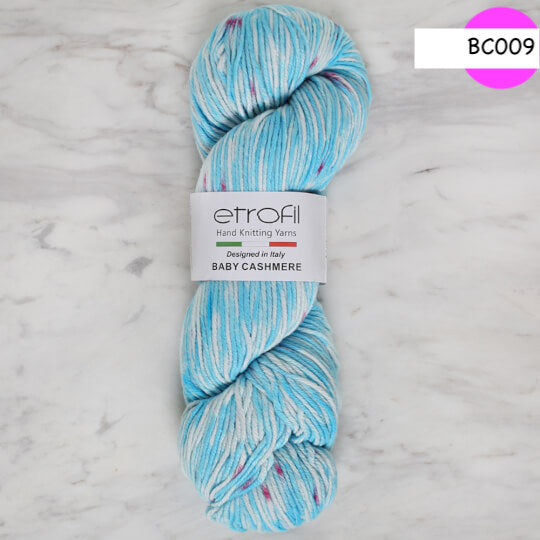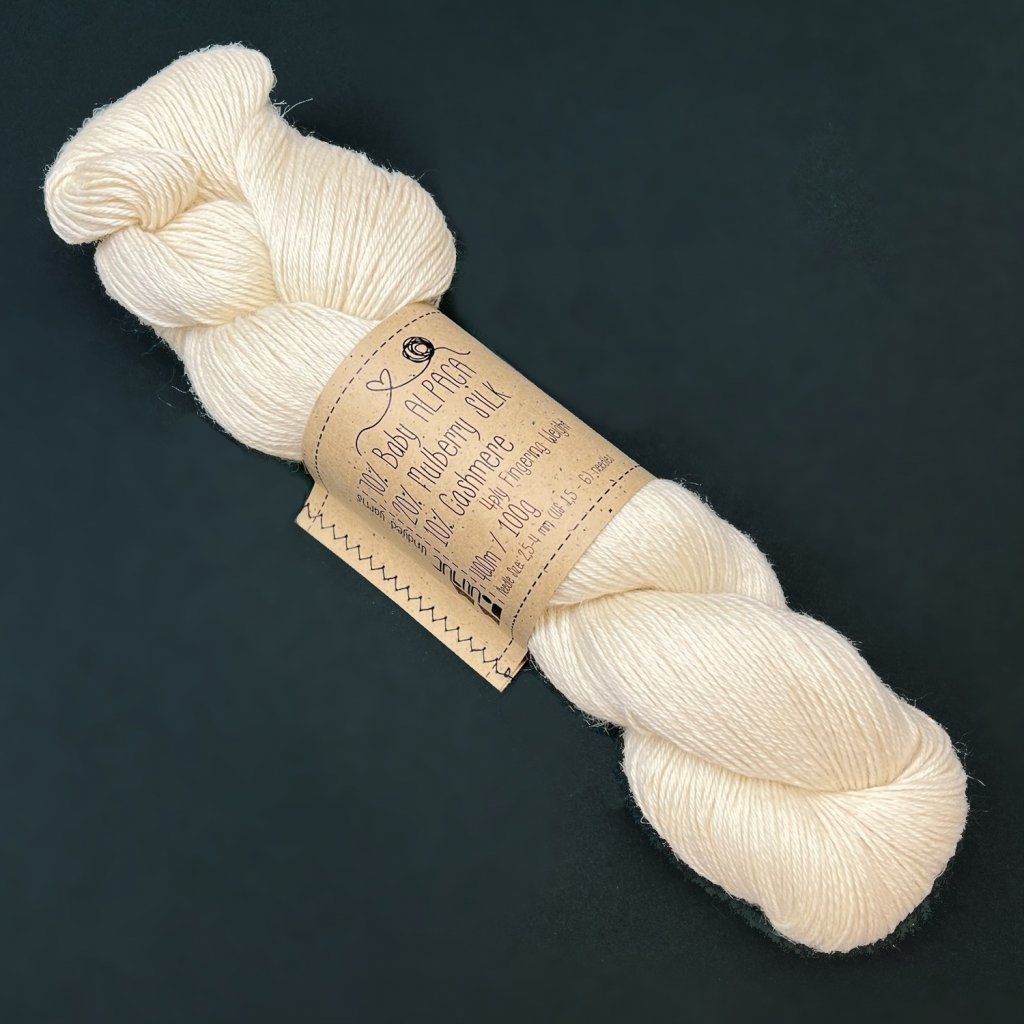The Facts Behind Is Cashmere a Natural Fiber and Its Sustainable Appeal
The Facts Behind Is Cashmere a Natural Fiber and Its Sustainable Appeal
Blog Article
Exploring the Different Sorts Of Cashmere a Natural Fiber for Ultimate Deluxe
Cashmere, a natural fiber, is usually associated with high-end and convenience. Not all cashmere is produced equivalent. From the highly soft Mongolian variety to the lightweight warmth of Indian Pashmina, each kind presents its own one-of-a-kind features and appeal. The a lot more economical Chinese cashmere, the typical Scottish variant, and the high-end Italian blend, all tell a various story of this amazing fiber. As we unwind the world of cashmere, a deeper understanding of its true value and elegance starts to emerge.
Comprehending the Lavish Nature of Cashmere
Cashmere, usually connected with deluxe and comfort, holds a special appeal in the world of all-natural fibers. Unlike other all-natural fibers, cashmere combines insulation with breathability, using exceptional convenience across varying temperature levels. Its shiny finish and soft appearance contribute to its premium appeal, validating the costs cost that frequently comes with cashmere garments.
Simply What Is Cashmere and Where Does It Come From?

Offered these extraordinary qualities, one may ask yourself about the origin and make-up of this glamorous fiber. Cashmere is stemmed from the soft undercoat of cashmere goats, mainly discovered in Mongolia, China, Iran, and Afghanistan - is cashmere a natural fiber. These goats are adjusted to severe climatic conditions, creating an exceptionally fine, soft underfur as a defense versus the bitter cold. This underfur, or undercoat, is what is collected for cashmere. Each spring, when the goats naturally lost their winter coat, farmers comb the great underhair, leaving the coarser hair behind. This meticulous process adds to the deficiency and high cost of cashmere. With its origin in the severe landscapes of Asia, cashmere is a testimony to nature's capacity to create high-end from difficulty.
Decoding the Different Kinds Of Cashmere
Understanding the various kinds of cashmere is essential to valuing the top quality and distinct features of this luxurious textile. Typically, cashmere is categorized right into three kinds: raw, virgin, and reused. Deciphering these types is the initial step in recognizing the exclusivity and value of cashmere.

The Special Features of Each Sort Of Cashmere
Having actually checked out the different classifications of cashmere, it becomes noticeable that each type flaunts its unique collection of attributes. Mongolian cashmere, for instance, is renowned for its remarkable quality, due to Mongolia's rough winter seasons that generate longer and finer fibers. On the other hand, Chinese cashmere is typically more budget friendly, though its shorter fibers can minimize resilience.
Why Cashmere Is the Embodiment of Deluxe in Fashion
Cashmere holds an esteemed setting on the planet of fashion, considered an icon of luxury and class. Its attraction is not just in its gentleness and heat, but likewise in its rarity and the thorough procedure involved in its procurement. Cashmere is originated from the great undercoat of Himalayan goats, known for their remarkable top quality fiber. The shortage of this fiber, incorporated with the labor-intensive process of collection, adds to its high rate and exclusive status. Cashmere's exceptional convenience and toughness make it a desired material in the creation of high-end garments. Its natural lightweight and shielding buildings include in its charm, making it the epitome of luxury in style.
The Process of Making Cashmere: From Goat to Garment
The journey of cashmere, from being an undercoat of a Himalayan goat to a glamorous garment, is a complex one. With the development of springtime, farmers in Mongolia and China collect the woollen by Read Full Report brushing the goats, guaranteeing no harm is done. The gotten wool contains rugged external hair and soft downy undercoat. This mix is then painstakingly divided, with just the soft down utilized for cashmere. This raw cashmere is washed, dyed and rotated right into yarn. The yarn is after that woven or knitted into materials. The final action includes pushing and cleaning to provide the material its particular soft qualities and warmth. From goat to garment, each step is a testament to the ability, use this link artistry and persistence associated with crafting cashmere.

Conclusion
To conclude, cashmere, with its natural sophistication and unrivaled convenience, preponderates worldwide of deluxe style. The diversity in types, ranging from the soft Mongolian, light-weight Indian Pashmina, budget-friendly Chinese, typical Scottish, to the colorful why not try this out Italian, reveals the flexibility of this natural fiber. The meticulous process of transforming it from a goat to a garment further adds to its exclusivity, making cashmere the epitome of refinement and high-end.
Cashmere, a natural fiber, is usually linked with luxury and convenience (is cashmere a natural fiber).Cashmere, usually associated with luxury and comfort, holds an one-of-a-kind attraction in the globe of all-natural fibers. Unlike other all-natural fibers, cashmere combines insulation with breathability, using unequaled convenience throughout differing temperatures. Cashmere is derived from the soft undercoat of cashmere goats, mostly located in Mongolia, China, Iran, and Afghanistan. Cashmere is obtained from the fine undercoat of Himalayan goats, recognized for their remarkable top quality fiber
Report this page